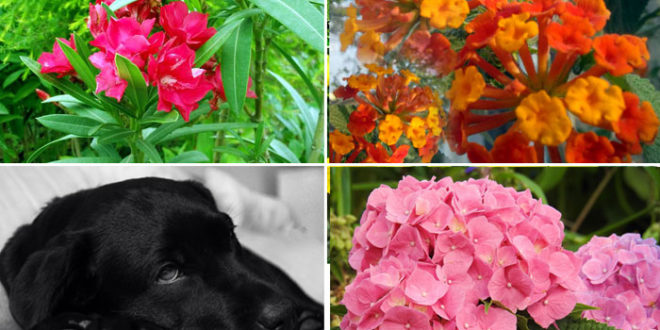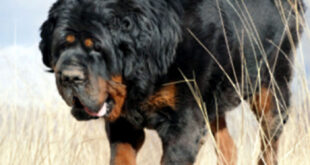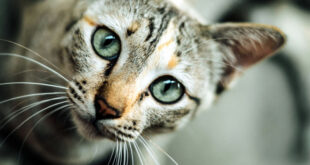Poisonous Plant
There are many popular blossoms that look very attractive to see, which contain toxic. These plants are Poisonous Plant, if pets eat it, it can be fatal. Therefore, they should be removed from the reach of pets. You should always contact medical professionals for this. Pets gyan informs you about some such poisonous plant here.
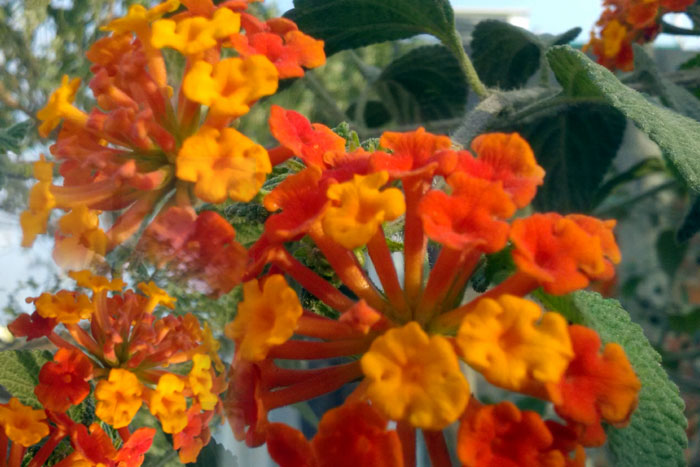
01 Lantana
Lantana has a lot of small flowers, most peoples annually grow in cool climates. In warmer climates, Gardner is familiar with its aggressive form of production. It is called Red Sage, Wild Sage, Yellow Sage, and Shrub Verbena. If you think that your dog has eaten any part of the Lantana plant, immediately consult a veterinary officer, even if you are not seeing any symptoms because it can be an emergency.
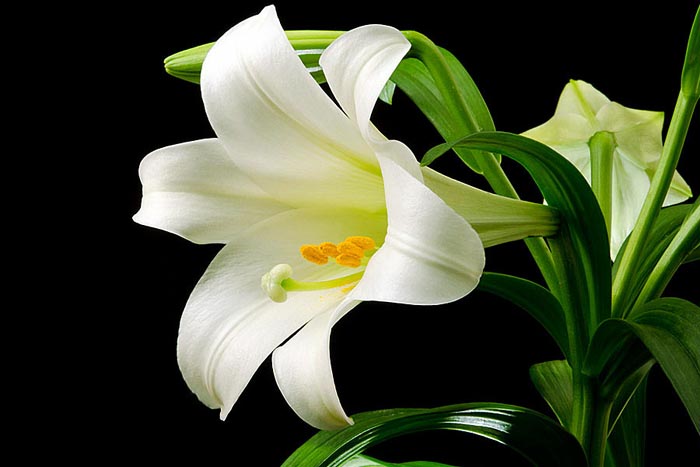
2. Easter lily
We and all of you like to lily in your garden, it is commonly known by names like Easter Lily, White Trumpet Lily etc. Its flowers of Pink, Red, White color spread their beauty in the spring. Usually, Easter lilies are used to decorate the rooms in the form of cut flowers; it will bloom for many years. although these plants are highly toxic for cats, and dogs have not got any particular information right now. But if dogs eat it in excessive amount then there may be gastrointestinal or other internal obstruction. If cats eat one or two leaves or pollen, then it is fatal, can kill them, kidneys may fail.

3.Caladium
They have excellent beauty in their leaves; hence it has a special place in the form of a houseplant. Its leaves are in large, thin and attractive patterns. These are tubular plants that grow its leaves from spring to autumn. Caladium is a toxic plant, there is a soluble calcium oxalate acid found in it. Calcium oxalate acid contains crystals that injury your dog’s mouth and skin tissues in the mouth.
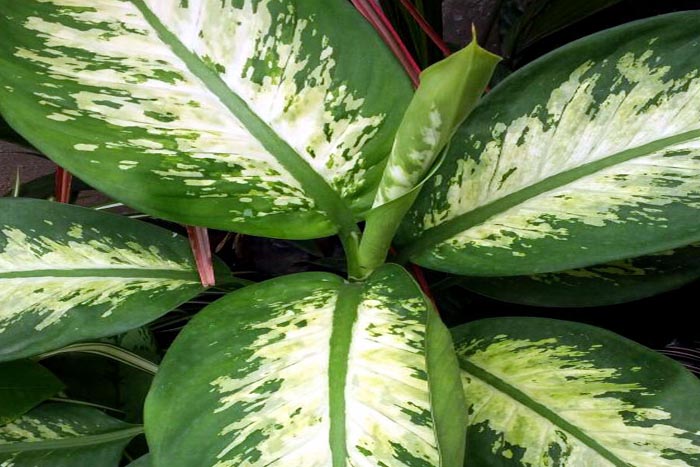
4. Dieffenbachia
Dieffenbachia is a popular houseplant used to decorate your home and Office. It is easy to care and easily planted in the low light indoor plant. Its length can be up to 5 feet. It’s not like full sun. It is also known as a dumb cane. This plant grows very well in partial shade, that is why people like to plant it in indoor. This is a poisonous plant, so keep away from the reach of children and pets while taking home. These plants are poisonous for dogs and cats. There are insoluble calcium oxalates, proteolytic enzymes that cause potential symptoms such as oral irritation, intense burning, and irritation of mouth, tongue and lips, excessive drooling, vomiting, difficulty swallowing, if such symptoms show up, then contact the local veterinarian.
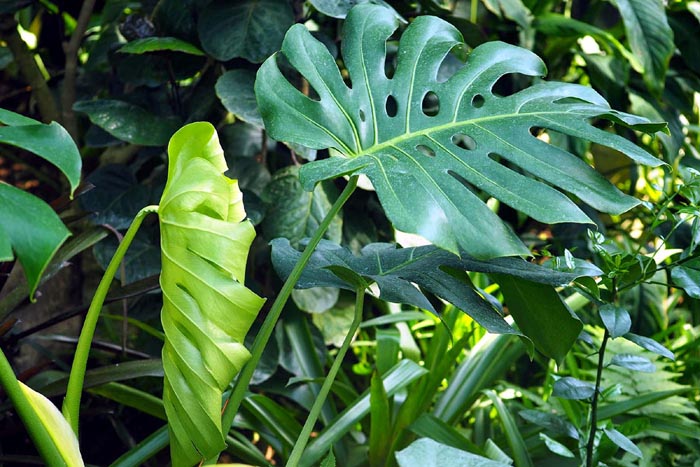
5. Philodendron
Philodendron is a member of the Araceae family, as a tropical, it is quite a popular houseplant. This is especially effective in purifying air; keep it in many places in the home. This is especially a popular houseplant like Dieffenbachia due to its attractive leaves, but it is a poisonous plant. It is toxic plants for cats, dogs. Philodendron species have insoluble calcium oxalate crystals in plants. Due to chewing or biting in this plant, tissue penetration and mouth and GI tract start to burn. Swelling of the airways causes problems in breathing. Drooling, burning on the mouth, oral pain, reduced appetite and vomiting are its main causes.
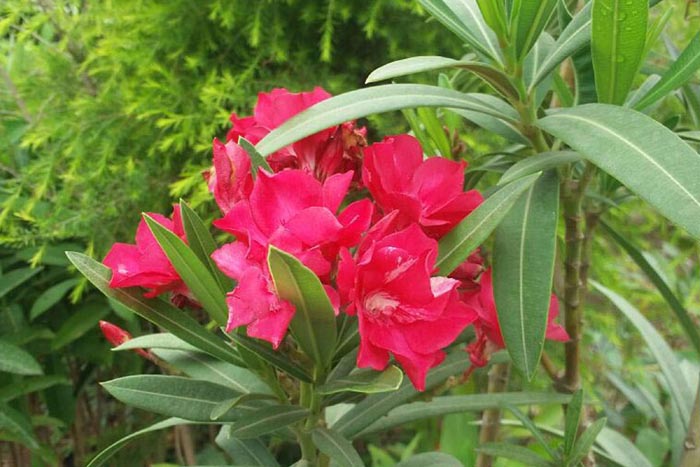
6. Oleanders
Oleander (Nerium oleander) is an evergreen shrub, in which showy, funnel-shaped flavors bloom. Oleander is beautiful plants that bloom yellow, white, salmon and pink and bloom in summer and fall. But most people do not know it is a poisonous plant and can be dangerous. It is a decorative plant for summer gardens, the oleander is highly toxic and the pets should be protected from approaching this tree.
Any part of the oleander plant can have serious consequences for animals by ingestion; its root and stem are also poisonous. Special symptoms include problems like heart rate and diarrhea. Contact your local animal physician if you see the symptoms. Read more.
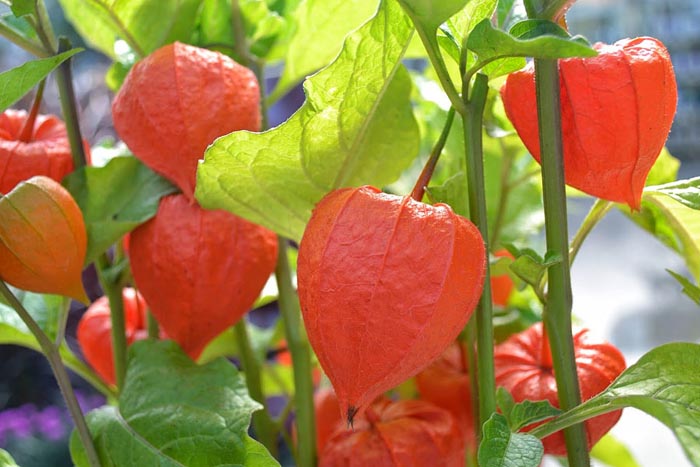
7. Chinese Lanterns
The Chinese lantern plant(Physalis alkekengi) is a hardy and perennial plant that is grown mostly in the UK. This plant gives light green fruits in August, which appears in September in a very attractive color deep orange. After three to four weeks these attractive fruits leave the plant. This is a poisonous plant and can harm the children and the pet. Its unripe berries and leaves are very dangerous. Gastrointestinal problems like colic, bloat, and diarrhea are caused by its intake.
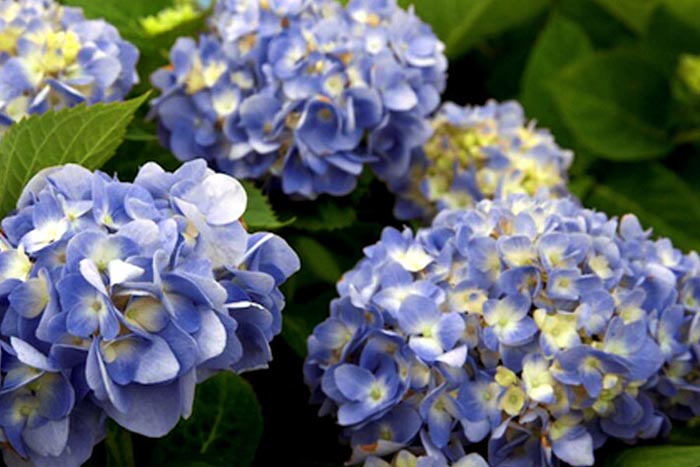
8. Hydrangeas
Hydrangeas are quite popular and very nice flowers, you will find it in almost every garden. Hydrangeas are native to southern and eastern Asia and the Americas. There are many types of hydrangeas. Most Hydrangeas like full sunlight and can be planted by some particle. Hydrangea is a perennial shrub that blooms in both spring and summer season. However, the flowers of the Hydrangeas enhance the beauty of many gardens, but they need to protect the dog and the cat, these are poisonous plant and it contains are the toxins. If pets and humans take enough of its flowers, it is fatal. Hydrangea leaves and buds are toxic to dogs, cats, and horses, in these parts cyanogenic glycosides, which are commonly known as prussic acid or cyanide. If the pets chew the plant then there is a problem of vomiting, diarrhea, and depression. According to the American Society for the Prevention of Crisis to Animals, if an animal consumes it, then there is a problem of gastrointestinal
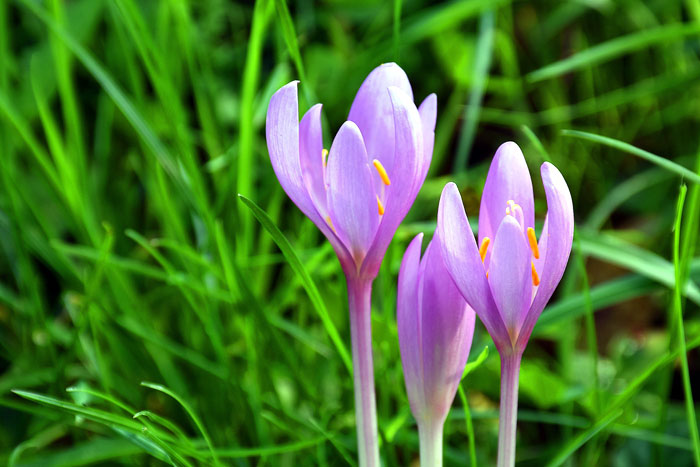
9. Autumn Crocus
There are two types of crocus plants, one spring and other blooms in the autumn. Springtime plants are commonly found while autumn Crocus is part of the Iridaceae family. Eating autumn crocus can lead to the burning of mouth, vomiting, diarrhea, seizures, liver and kidney damage, and even a severe burning sensation in the heart arrhythmias, which is part of the Liliaceae family, which contain toxic alkaloid known as colchicine, and can cause excessive toxic and severe gastrointestinal.
